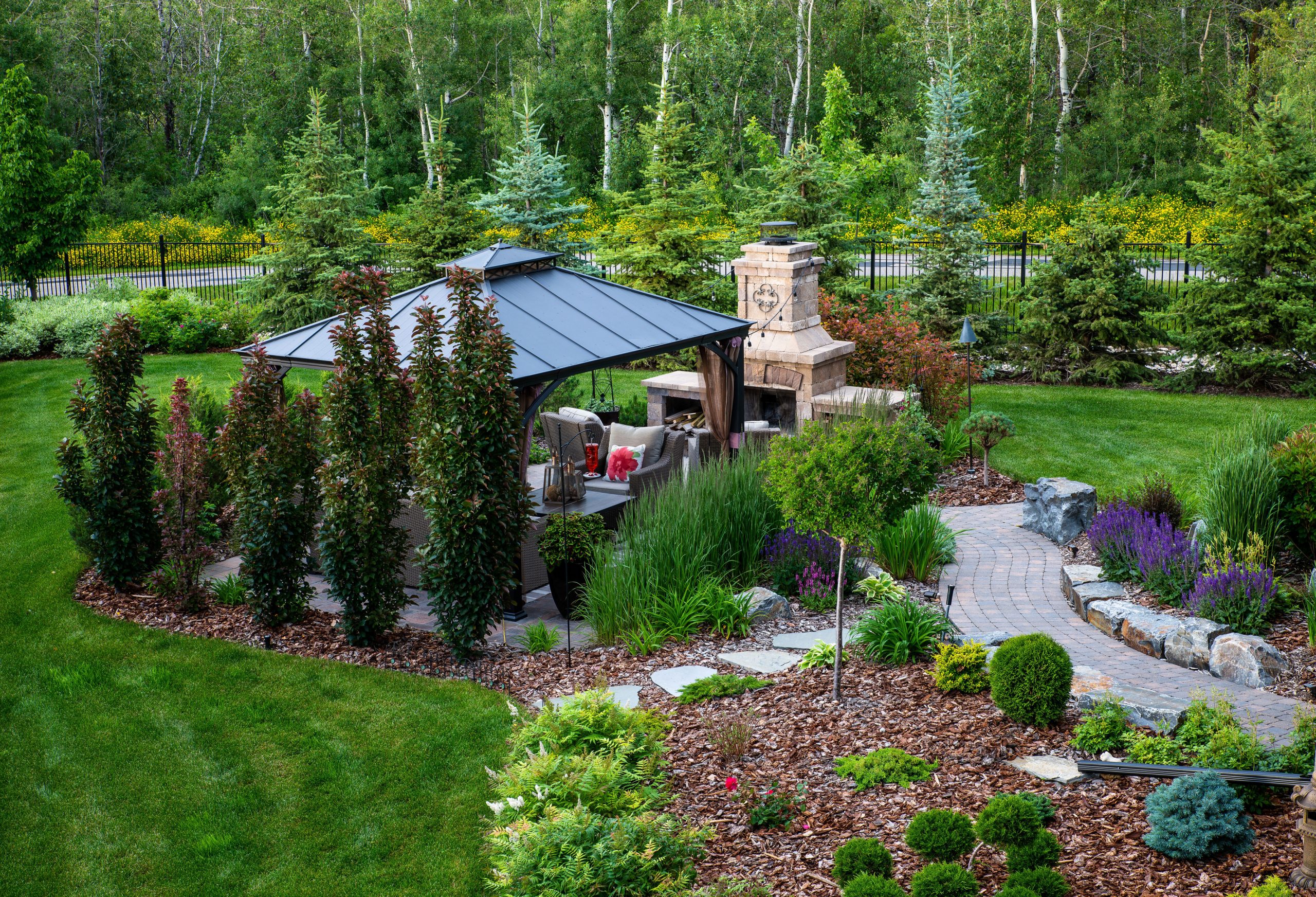Hilton Head Landscapes Fundamentals Explained
Hilton Head Landscapes Fundamentals Explained
Blog Article
Top Guidelines Of Hilton Head Landscapes
Table of ContentsNot known Details About Hilton Head Landscapes How Hilton Head Landscapes can Save You Time, Stress, and Money.Hilton Head Landscapes Things To Know Before You Get ThisThe Definitive Guide to Hilton Head LandscapesGetting My Hilton Head Landscapes To WorkAn Unbiased View of Hilton Head LandscapesHilton Head Landscapes Fundamentals Explained
Line develops all types and patterns and can be made use of in a range of methods in the landscape. Line in the landscape is developed by the edge between two materials, the outline or shape of a type, or a long direct feature. Lines are an effective device for the designer due to the fact that they can be made use of to create a limitless variety of forms and kinds, and they manage activity of the eye and the body.

Lines can have several characteristics, such as those explained below, yet they commonly offer different objectives. Figure 1. Lines in the landscape - Landscapers near me. The residential properties of lines identify just how people reply to the landscape, both mentally and physically. Straight lines are structural and powerful; they create a formal personality, are typically connected with a symmetrical style, and lead the eye directly to a prime focus.
The Hilton Head Landscapes Ideas
Rounded lines produce a casual, all-natural, loosened up personality that is connected more with nature and asymmetrical balance. Rounded lines move the eye at a slower speed and include enigma to the area by developing covert sights.
Vertical lines in the landscape include high, slim plant product, such as trees, or high frameworks, such as an arbor or a bird residence on a pole. Straight lines relocate the eye along the ground airplane and can make a room feel bigger. Low lines are much more suppressed and develop a sensation of remainder or repose.
A Biased View of Hilton Head Landscapes
Lines are likewise developed by the upright forms of developed features and plant material. There are three main line types that develop type in the landscape: bedlines, hardscape lines, and plant lines.
Bedlines connect plant material to the residence and hardscape since the eye adheres to the line, moving the look through the landscape. Hardscape lines are developed by the edge of the hardscape, which delineates the built structure. Line can likewise be created by lengthy and narrow materials, such as a fence or wall surface.
Some Of Hilton Head Landscapes
Form is discovered in both hardscape and plants, and it is commonly the leading aesthetic element that spatially organizes the landscape and frequently establishes the style of the garden. The type of frameworks, plant beds, and yard ornaments additionally establishes the total type motif of the yard. Official, geometric kinds consist of circles, squares, and polygons.
Plants develop form in the garden via their lays out or silhouettes, yet form can likewise be defined by a space or negative space in between plants - landscapers in bluffton sc (https://www.4shared.com/u/jPjMNmnZ/stevenagonzales.html). Circles can be full circles, or they can be split into fifty percent circles or circle segments and combined with lines to create arcs and tangents
How Hilton Head Landscapes can Save You Time, Stress, and Money.
Circles are a strong design type since the eye is always attracted to the center, which can be made use of to emphasize a focal point or attach other kinds. Circular forms in hardscape and yard panels.
The square kind can likewise be segmented and pre-owned continuously to create a grid pattern. Unlike circles, squares are stronger on the brink, which can be aligned or overlapped to create distinct patterns and more complicated kinds. Polygons are many-sided kinds with straight edges. Triangles, as an example, use this link are three-sided polygons.
Twisting lines typically imitate the all-natural course of rivers or streams and can be called smooth lines with deeply bent wavinesses. Twisting lines (Figure 3) work well for pathways, plant bedlines, and dry stream beds. Twisting lines can include rate of interest and enigma to a yard by leading viewers around corners to uncover new sights and spaces.
What Does Hilton Head Landscapes Mean?

Number 5. Fragmented edges: tipping rocks in path. Kind is one of the most enduring high quality of a plant (bluffton landscaping). https://allmyfaves.com/h1tnhdlndscps?tab=h1tnhdlndscps. Common plant forms are well established and standardized, as type is one of the most consistent and well-known feature of plants. Kind can additionally be produced through the massing of plants, where the overall mass creates a various form than a specific plant.
A highly different type has to be utilized with careone or 2 work well as a prime focus, yet a lot of wreak havoc. All-natural plant types, instead of over-trimmed kinds, must establish the mass of the structure. The relevance of total type is more or much less depending on the watching perspectivethe type of a tree can show up rather various to a person standing under the cover versus seeing the tree from a range in an open field.
The 10-Minute Rule for Hilton Head Landscapes
Plant forms likewise develop and define deep space or open spaces in between the plants, developing either convex or scooped forms in deep spaces. High-arching tree branches commonly develop a concave open area under the branches, and a rounded canopy with low branches fills up the area to create a convex kind outdoors area under the tree.

Report this page